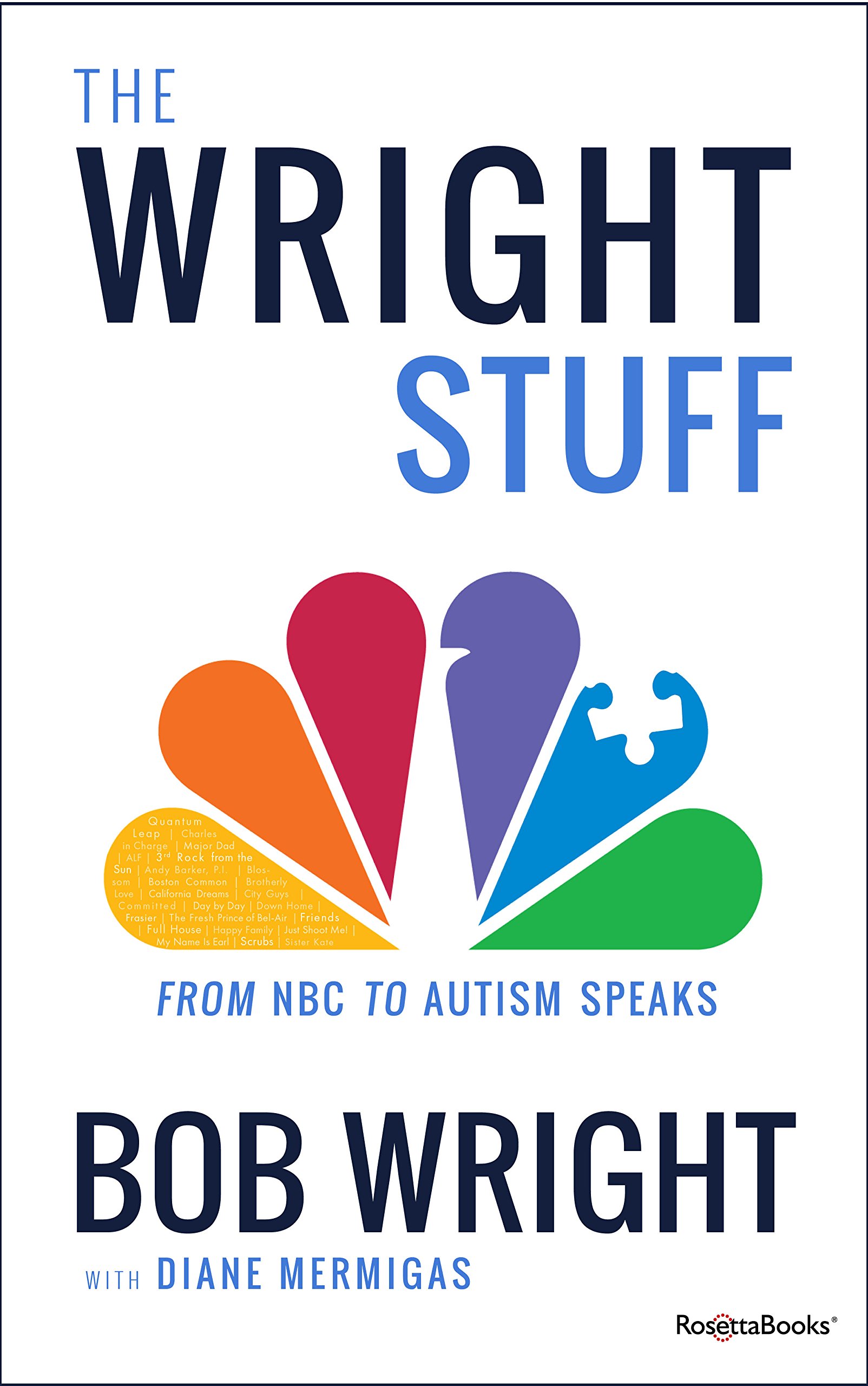One thing is for sure, pass or fail, the proposed AT&T/Time Warner merger will not go quietly.
What would be one of the biggest industry deals ever will test all kinds of therories about the future of media, raising more questions than it answers .
That glaring uncertainty is what’s at stake. How can AT&T justify the return on an $85 billion investment if it doesn’t know the life expectancy and long-term value of the content it is buying in its existing distribution form?
Among the many obstacles: AT&T’s acquisition strategy hinges on achieving 5G ultrafast wireless connections that will meet or exceed cable streaming services within five years. But a lack of agreement between carriers and telecom equipment makers on how to facilitate that lightning-fast video access will likely get in the way.
While content, communications and commerce remain core, today’s distribution disruption feels even more unsettling because it is rapidly and fearlessly dismantling media’s legacy revenue models. Taming the video streaming beast with random new offerings–like AT&T’s just announced DirecTV Now $35/month streaming bundle–does not guarantee the economic viability of mainstream distribution such as cable and satellite. This is especially true when the primary goal is to blunt cord-cutting and consumers’ inevitable cherry-picking of single content pay-for-play!
While a media and entertainment empire like Disney appears to have more compelling components than its competitors, it lacks an effective direct line for the advanced consumer communications, commerce and creativity which are key to its digital future. Its oft speculated acquisition of Netflix would only partially fit the bill. Just any hotline to consumers will not do which is why Disney passed on bidding for Twitter.
True to what has been its historical deal-making modus operandi, AT&T only wants some of what it would be getting with Time Warner. It likely will sell off marginal or problematic content like the Turner networks, having paid a premium for HBO. But like ESPN, HBO is a premium pay crown jewel that is starting to adapt to streaming. The big unknown is how their valuations will be adversely impacted when they no longer command automatic top drawer fees supported by a massive cable content hub.
All of this uncertainty is why there will not be a consolidation rush like there was ion the 1980s and 1990s when cable and the Internet were change agents challenging conventional media models that have since modified to endure. It was a gamble then, too. But now there are fewer risk-adverse gatekeepers– and with good reason.
The $162 billion AOL Time Warner merger fiasco of 2000 was plagued by (among other things) the cable and content giant’s failure to understand and accurately evaluate AOL’s early online dial-up and advertising service. AOL’s smoke-and-mirrors business models relied on too many unknowns.
Today, the world’s most powerful Internet players heavy into media, communications and commerce–Google’s Alphabet, Facebook, Amazon, Apple and Microsoft–collectively are worth several trillion dollars just because they develop and refine credible business models and revenue streams which are leveraged in their merger and acquisition activity.
Certainty, at least in the moment, makes all the difference.
Greenfield: Time Warner deal signals danger for media
Rich Greenfield, BTIG media and technology analyst, weighs in on the AT&T-Time Warner deal.


